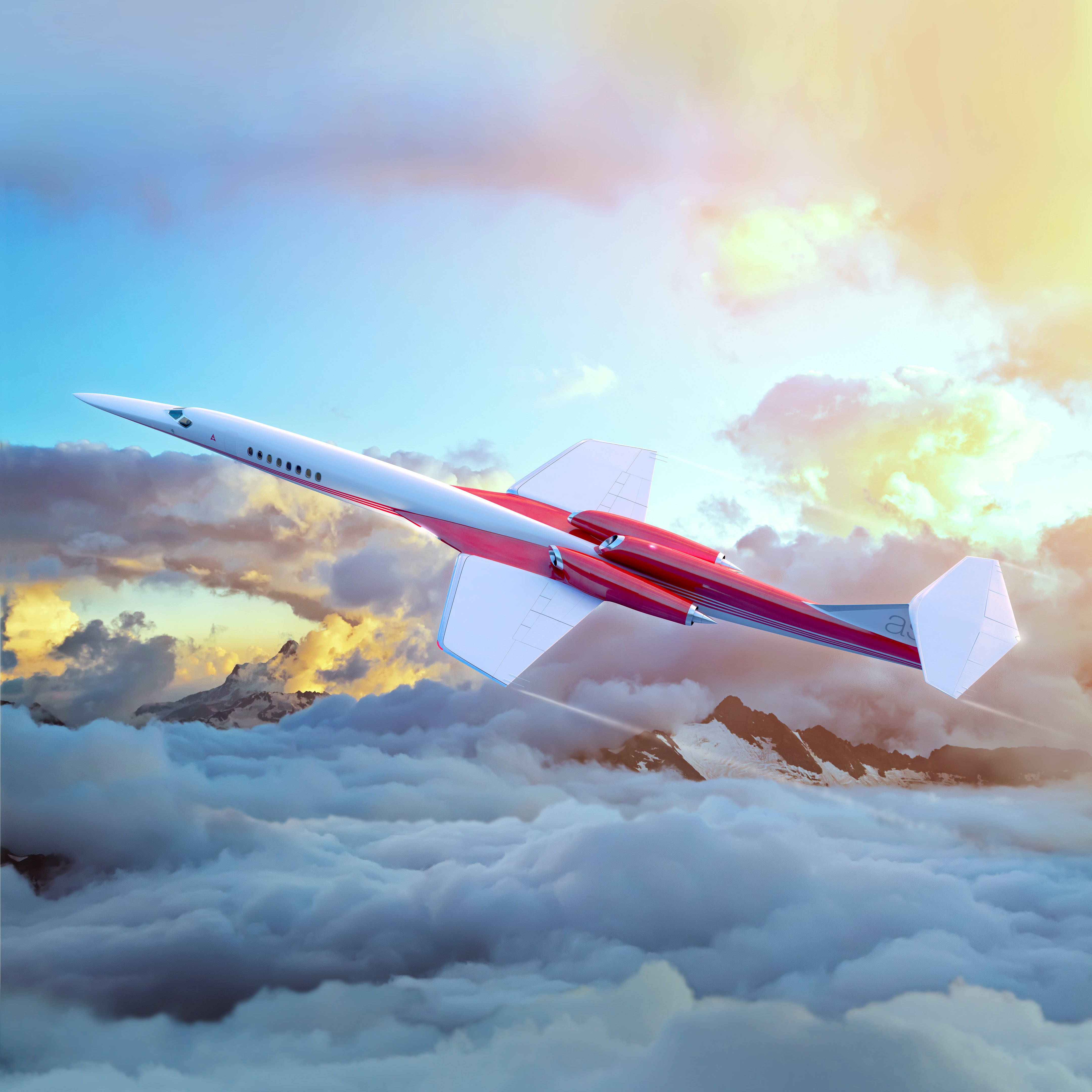
Aerion and Airbus Group have agreed to expand Airbus Group’s resources for the AS2 supersonic business jet program.
Airbus will offer engineering, procurement and supply chain management, logistics planning, program management, and government relations.
‘Airbus Group has a long history of supporting innovation, and Aerion’s innovative aerodynamic technology unquestionably offers long-term benefits to the industry in terms of performance and efficiency,’ said Doug Nichols, Aerion CEO.
Airbus Defence and Space has already worked on the engineering of airframe structures, the AS2’s digital (fly-by-wire) flight control system, its integrated fuel system, and landing gear. These includes preliminary designs for a strong and light 10-spar carbon fiber wing structure, fuselage and empennage structures, articulating main landing gear system that minimizes space requirements in the fuselage when stowed/retracted, a fuel system that is integrated with the digital fly-by-wire system for control of center of gravity, a flight control design that takes advantage of small, powerful actuators that can be housed in the AS2’s thin flying surfaces and a fly-by-wire system based on Airbus Group’s long experience with digital flight control technology.
Airbus has also built a sample titanium wing leading-edge section for evaluation and is testing composite material specimens to improve material properties.
‘We are targeting the first half of 2016 to select a propulsion system, which will enable us to formally launch the program shortly thereafter,’ said Nichols. Aerion is planning on a first flight of the AS2 in 2021 and entry into service in 2023, following FAA certification.
This story is reprinted from material from Aerion, with editorial changes made by Materials Today. The views expressed in this article do not necessarily represent those of Elsevier.





